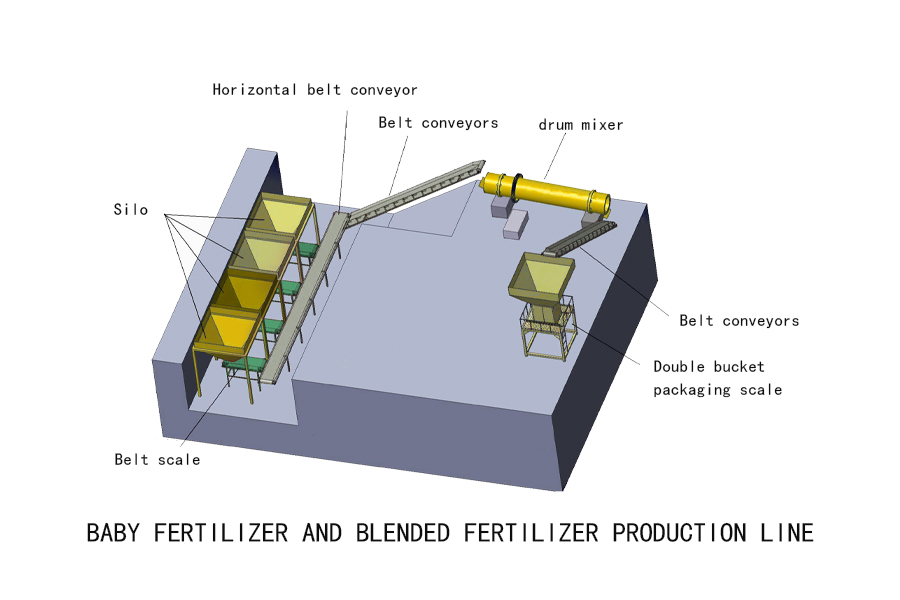Did you know that the global organic fertilizer market is projected to reach a staggering $10 billion by 2025? This remarkable growth underscores the increasing demand for sustainable agricultural practices, and at the heart of this industry lies the intricate network of organic fertilizer production lines. Understanding their transportation attributes is crucial for optimizing efficiency and cost-effectiveness in this burgeoning sector.
The Essence of Organic Fertilizer Production Lines and Their Transportation Characteristics
Organic fertilizer production lines are sophisticated systems designed to convert raw organic materials into nutrient-rich fertilizers. These lines encompass various stages, including composting, granulation, and packaging. A critical aspect of these operations is their transportation characteristics; efficient logistics play a vital role in ensuring timely delivery while minimizing costs. Factors such as weight, volume, and fragility significantly influence transportation pricing strategies within this industry.
Diving Deeper: The Role of Organic Fertilizer Granulation Line in Transportation Pricing

The organic fertilizer granulation line serves as a pivotal component in determining transportation pricing due to its impact on product density and packaging requirements. Granulated fertilizers typically occupy less space compared to bulk alternatives, allowing for more economical shipping options. Additionally, the uniformity achieved through granulation facilitates easier handling during transport—reducing potential damage or spillage that could incur additional costs. Thus, understanding how these factors interplay can lead to significant savings in overall logistics expenses.
Xincheng’s Unique Approach to Transportation Pricing
Xincheng has established itself as an innovative leader within the realm of organic fertilizer production lines by adopting strategic approaches toward transportation pricing. By leveraging advanced technologies such as real-time tracking systems and optimized routing algorithms, Xincheng enhances operational efficiency while reducing transit times. Furthermore, their commitment to sustainability aligns with eco-friendly shipping methods that not only lower carbon footprints but also appeal to environmentally conscious consumers—a growing demographic within today’s market.
Conclusion
In summary, understanding the intricacies of organic fertilizer production lines reveals significant insights into their transportation attributes—particularly concerning pricing strategies. As we navigate through an era increasingly focused on sustainability and efficiency in agriculture, it becomes imperative for stakeholders within this industry to optimize logistical frameworks effectively. By doing so, they can ensure not only profitability but also contribute positively towards environmental stewardship.

